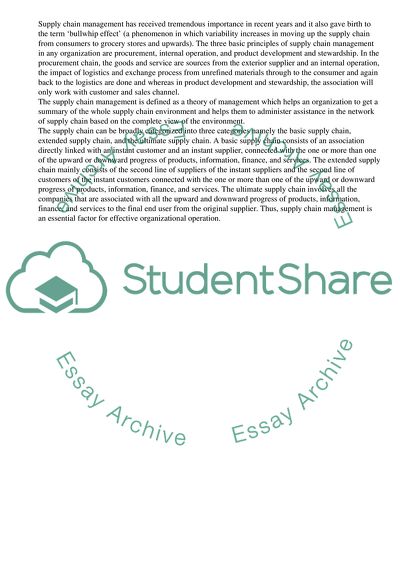Cite this document
(Supply Chain Management as One of the Greatest Company's Aspects Term Paper, n.d.)
Supply Chain Management as One of the Greatest Company's Aspects Term Paper. Retrieved from https://studentshare.org/management/1737338-managing-sustainable-supply-chains
Supply Chain Management as One of the Greatest Company's Aspects Term Paper. Retrieved from https://studentshare.org/management/1737338-managing-sustainable-supply-chains
(Supply Chain Management As One of the Greatest Company'S Aspects Term Paper)
Supply Chain Management As One of the Greatest Company'S Aspects Term Paper. https://studentshare.org/management/1737338-managing-sustainable-supply-chains.
Supply Chain Management As One of the Greatest Company'S Aspects Term Paper. https://studentshare.org/management/1737338-managing-sustainable-supply-chains.
“Supply Chain Management As One of the Greatest Company'S Aspects Term Paper”, n.d. https://studentshare.org/management/1737338-managing-sustainable-supply-chains.


